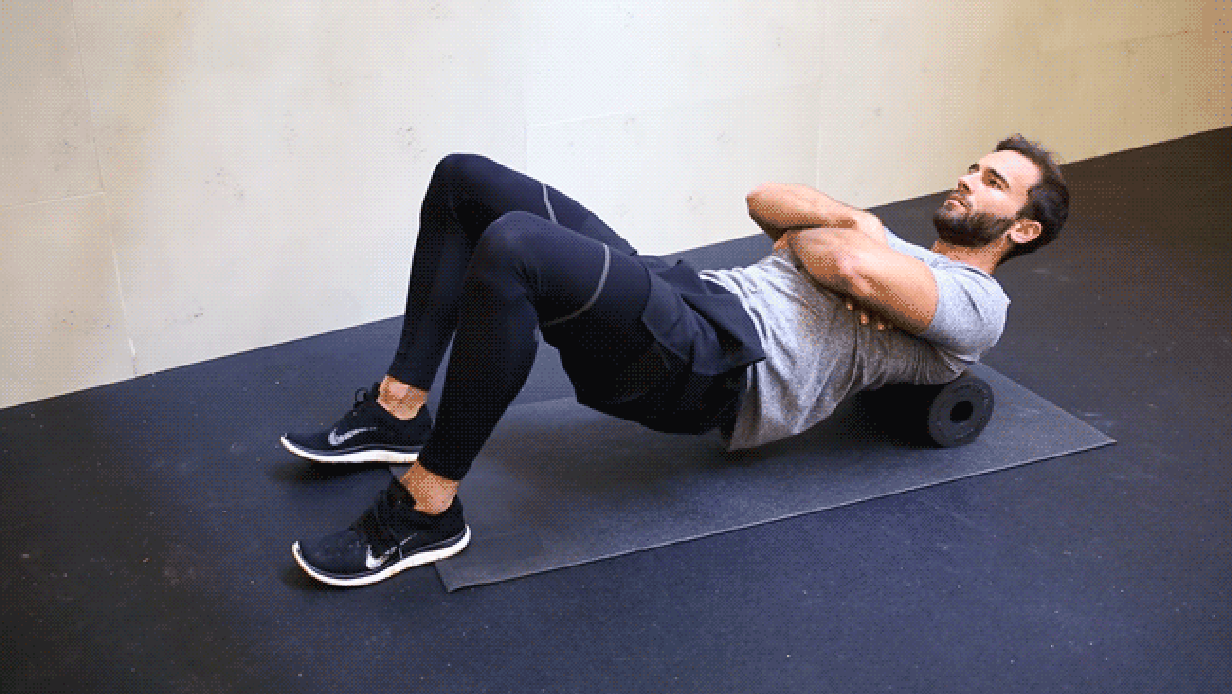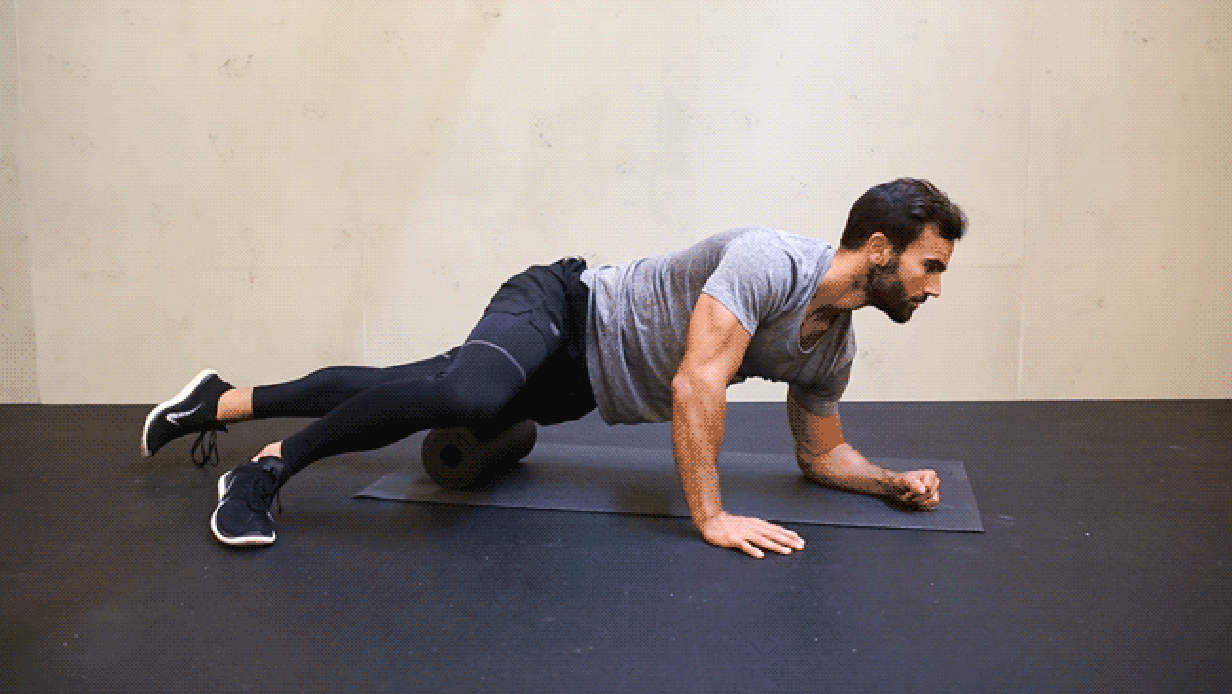Sore muscles from training, stress or not sleeping enough? At Freeletics we know all about muscle pain. And we also know something that might just be able to prevent this. Let us introduce you to foam rolling.
If you’re into sports, chances are you’ve seen a foam roller before. What started off as a technique used mainly by professional athletes, has become a part of most sports enthusiasts training routine. And there’s a good reason why. Read more to find out what foam rolling is, why it’s important and how we, at Freeletics roll.
What is foam rolling?
Foam rolling is an effective way to release muscle tightness in specific points in the body. Applying pressure to tight muscles with a foam roller helps break up muscle knots, resumes normal blood flow and function, therefore allowing your muscles to recover faster and become more elastic and healthy. Think of it as a cheaper sports massage you can do yourself.
How do you know if you need it?
Have you ever applied pressure to a muscle and felt pain? This is a sign you have tense, tight muscles. Even if I haven’t trained recently? Sure. Tight muscles can be a result of a number of things other than exercise. Maybe you’ve been stressed at work? Not getting enough sleep? Or bad nutrition is causing your body to suffer? Other lifestyle factors can contribute to tight muscles. Not just exercise.
Here’s how we do it

Upper Back
Target area is between the top of your shoulder blades and the middle of your back.
- Bend knees and keep feet flat on the floor
- Lift your butt off the ground and cross your arms over your chest
- Try to keep your view up and not on your knees. This is so that your spinal column stays in a neutral position
- Keep the movement slow and your core muscles tight

Quads (unilateral)
Target area is in between your pelvic bone down to just above your knees.
- Lie face down with the roller positioned under your target quad, keeping your leg straight
- The other leg either rests straight on top of your target leg (harder version) or bent in a 90 degree angle next to your target quad (easier version)
- Your forearms should be flat on the floor and your elbows bent
- Again, try to keep your core tight and use your arms to roll your whole quad
- Remember to switch legs when finished

Latissimus Dorsi (lats)
- The starting position is pretty similar to a side plank: your right forearm is flat on the floor, your elbow bent
- Lie on your right side and place the roller directly under your right armpit. Your left arm rests on the ground in front of your belly/chest for stability
- Bend your left leg and place it right in front of your right knee – foot on the ground
- Roll slowly up and down so the roller moves from your armpit to just above your waist
But it hurts…
Yes foam rolling can be uncomfortable and at times a little painful. But it should be the kind of pain that feels good at the same time. You might even feel it the next day. However, your muscles should feel as though they have been relaxed and are no longer tense.
Take note: If you are worried about the level of pain you experience, it’s always best to visit your doctor or physical therapist to ensure it’s nothing serious. And although foam rolling is known to be a little uncomfortable, do not push yourself to the point where it is excruciating pain. Remember, this is supposed to be good for your muscles. Not harm them.
Now all that’s left to do next time you finish your workout is…stop, drop and roll.